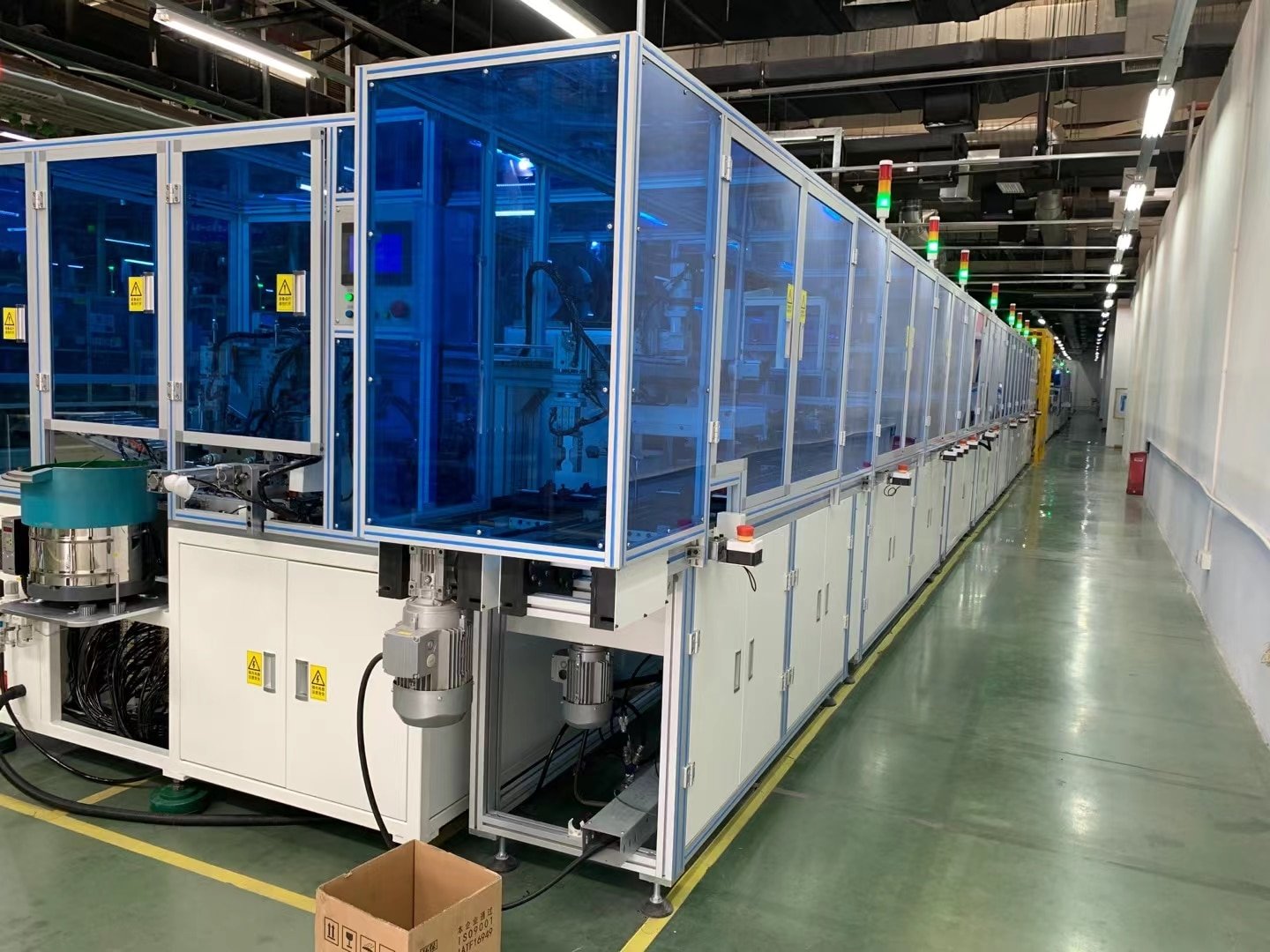Automated rotor production lines are primarily used for assembling motor rotors. Compared to manual assembly, they are not only simpler to operate, saving time and effort, but also delivering better rotor assembly quality and consistency. So, what are the operating procedures for automated rotor production lines? How can we effectively conduct training? Vacuz will briefly explain this!

BLDC 전기자 로터 코일 생산 라인
I. Key Points for Optimizing Assembly Operating Procedures
1. Enhanced Preliminary Preparation
Equipment Inspection: Add infrared thermal imaging cameras to detect temperature anomalies at electrical nodes to prevent potential short-circuit risks.
Material Control: Conduct full inspections of key components rather than spot checks, using optical measuring instruments instead of calipers.
Environmental Upgrade: It is recommended to configure a constant temperature and humidity system and add an electrostatic eliminator.
2. Process Refinement
Press-Fitting Process: Introduce real-time analysis of pressure-displacement curves to automatically identify hidden defects such as microcracks.
Welding Optimization: Promote laser welding instead of spot welding to reduce the heat-affected zone, increasing the weld quality rate to 99.9%.
Redundant Inspection: X-ray inspection is added after dynamic balancing to detect internal pores or inclusions.
3. Safety and Maintenance
Intelligent Protection: Millimeter-wave radar is installed to monitor personnel intrusion into hazardous areas in real time, triggering equipment slowdown or shutdown.
Predictive Maintenance: Vibration sensors combined with AI algorithms provide 3-7 days’ advance warning of guide rail wear or servo motor bearing failure.
II. Upgraded Training Implementation Strategy
1. Innovative Training Content
AR-Assisted Instruction: Virtual operation instructions (such as visualizing press force) are superimposed on head-mounted displays, reducing new employee onboarding time by 50%.
Fault Database Development: Historical abnormal cases (such as commutator eccentricity and winding short circuits) are collected and a 3D interactive fault tree is created for employee practice.
2. Deepening Tiered Training
New employees: Independent operation is prohibited during the first month and must pass a VR simulation assessment (such as completing 10 perfect presses) before they can begin work.
Key Talent Training: Establish a “Technical Research Team” to address bottleneck processes (such as multi-pole rotor winding) with specific breakthroughs.
3. Evaluation and Incentives
Data-Based Assessment: Connect to the MES system to automatically calculate KPIs such as operational error rate and inspection pass rate.
III. Solutions to Common Problems
Problem 1: Slight deformation of the axle after press-fitting
Root Cause: Insufficient fixture rigidity or excessive press speed.
Countermeasure: Use a carbon fiber composite fixture and control the press speed in stages (fast forward → slow press → hold pressure).
Problem 2: Fluctuating dynamic balancing pass rate
Root Cause: Uneven core stacking or uneven winding weight distribution.
Countermeasure: Implement an automatic weighing and sorting system to ensure the core group weight difference is ≤0.1g; use closed-loop tension control for the windings.
Problem 3: High weld failure rate
Root Cause: Electrode oxidation or unstable pressure.
Countermeasures: Add an automatic grinding mechanism to the electrode tip, and use a gas-liquid booster system for welding pressure (fluctuation ≤ ±1%).
IV. Intelligent Upgrade Path
1. Digital Twin Application
Build a virtual model of the production line to map physical conditions in real time and optimize process parameters (such as predicting and adjusting press force).
2. Full AI Quality Inspection
Deploy a deep learning algorithm to automatically identify defects in X-ray images (identification rate ≥ 99.5%), replacing manual interpretation.
3. Flexible Production
Develop a quick-change mold system (changeover time ≤ 5 minutes) to support small-batch, multi-mix production.

BLDC 모터 고정자 코일 생산 라인
What are the operating procedures for rotor automated production lines? How can we effectively conduct training? Vacuz has provided a brief explanation, which we hope will be helpful!
이메일: sales@vacuz.com





